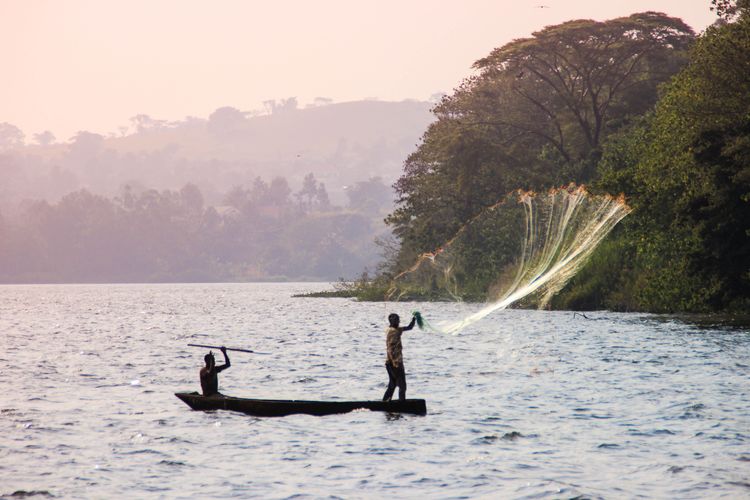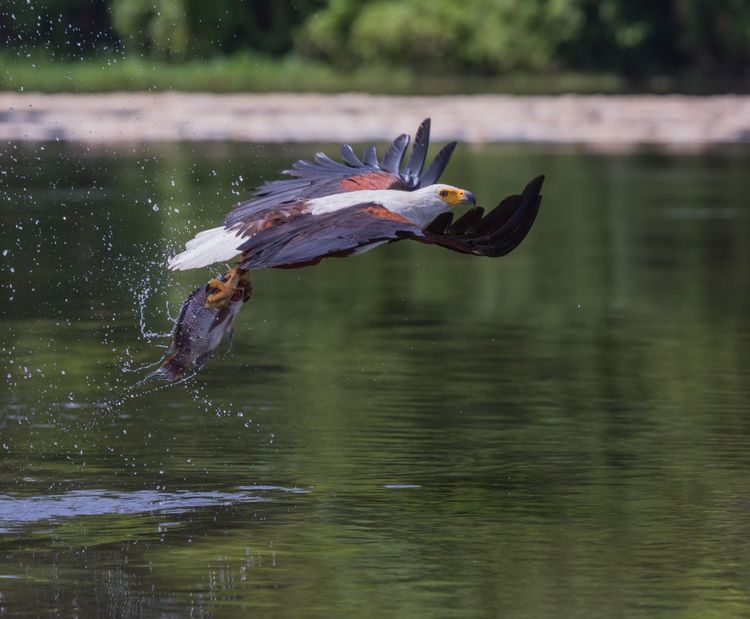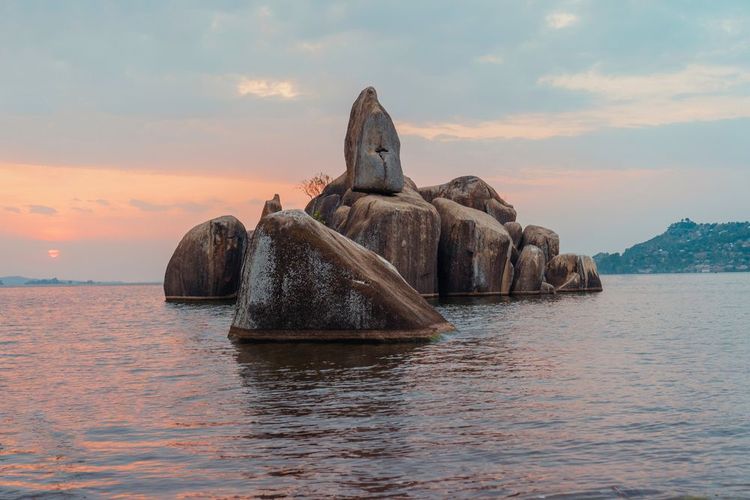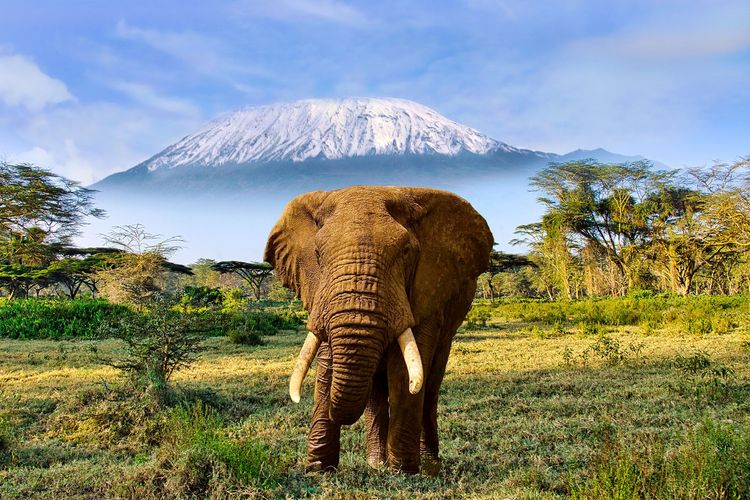You may not be familiar with the name, but Lake Victoria is the second largest lake in the world and the largest freshwater lake in Africa. It is part of the Great Lakes region. It has a maximum depth of 80 metres, but the average is closer to 40 metres over most of its length. It was discovered by British explorers in 1858. It was named "Lake Victoria" in honour of Queen Victoria of England. But as the largest freshwater reserve in equatorial Africa, it has always played an essential role in the lives of the people who live around the lake. Fishing is practised intensively here, making the region an important economic breeding ground for each of the neighbouring countries.
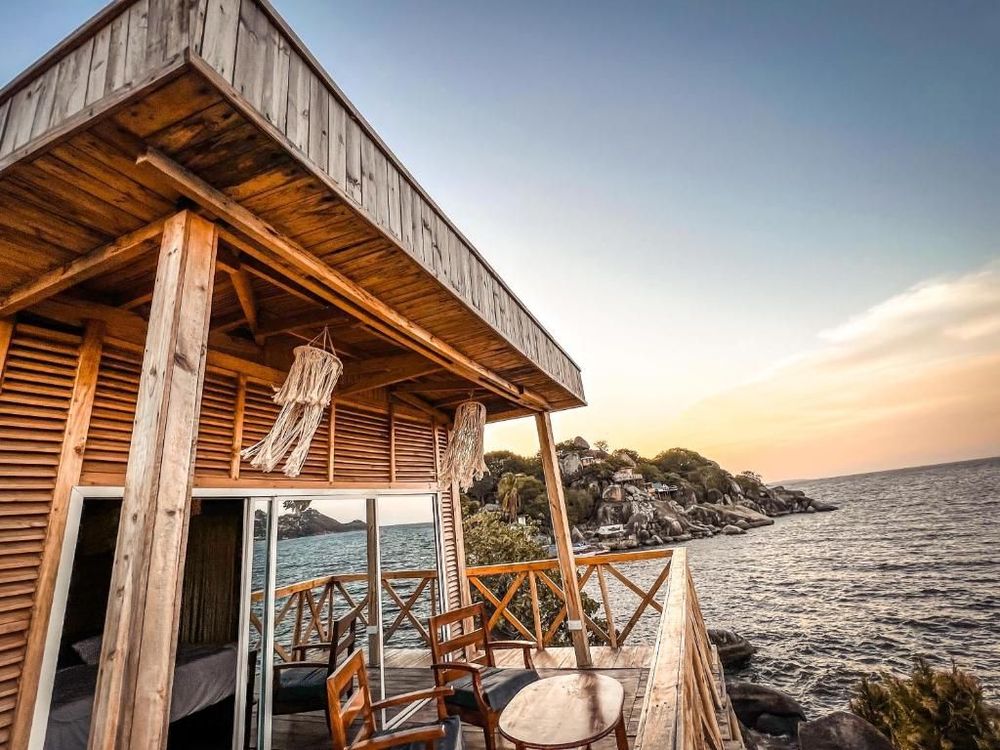 Tanzania
Tanzania
